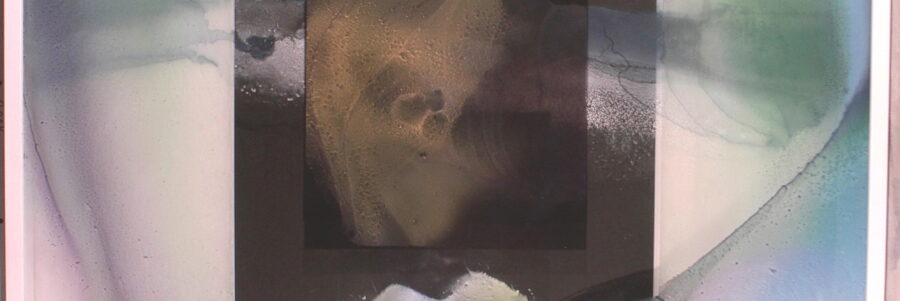October 2009

The relationship of Zen to the arts is well documented in history. Many of the famous Zen masters of the past have been artists, poets and musicians. Master Dogen was a talented poet and an unusual master of prose, particularly of the essay, in which he freely improvised with traditional formats and used language in fresh, creative ways. Hakuin springs to mind, with his fertile imagination expressed in calligraphy and painting as well as the creative use of the koan, including invention of the famous “What is the sound of one hand?”
My background and training is in the arts, and I grew up in a musical family. But in my view, Zen is not simply related to the activities associated with creativity, such as the performing and plastic arts. The central connection has to do with creativity itself. I think that Zen represents the apex and most direct and intimate application of the creative mind.
This stopping is the first step, to observe and relinquish our usual knee-jerk, conditioned (and therefore uncreative) way of knowing, thinking, doing, et cetera.
Zenkai Taiun Elliston, roshi
Creativity, after all, is not contained in or limited to one’s activities. If it were, some activities would be innately creative while others would not. Creativity is instead found in the nature of the mind. In one sense one could argue that there is no true creativity. That is, one can do no more than rearrange what already exists. One cannot truly create anything. But this is to assert that in the combination of pre-existent elements or components, nothing can emerge that is new. This would deny the natural processes of chemistry, for example, where combinations definitely yield compounds that behave very differently from their constituents. Or biology, where offspring differ from their parentage.
In creative disciplines, the combination of two elements that yields a third attribute, not existent in either of the two separately, is called synergy, or synergism. It is defined as “the working together of two or more things, people, or organizations, especially when the result is greater than the sum of their individual effects or capabilities.” This is true also of combined actions, such as that of muscles, or drugs.
So creativity can be thought of as multiplicative rather than simply additive. This can be demonstrated by simple exercises, many of which I developed as teaching aids for training college-level students hoping to become professional designers. One such exercise uses familiar words, such as a list of items, a finite set, e.g. furniture. Listing all familiar names of furniture down one side of a grid paper, then listing the same set, or a different one, such as kinds of food, across the top, presents all the possible combinations of the two sets, if the sets are complete.
For example, one might in the first instance find something called a “chair/table,” “table/shelf” or “couch/bed.” So far, not too surprising. But a “table/bed” might suggest a different idea. What would that be, and what would its special purpose and utility amount to?
Or in the second instance, we might find that we have named a curious thing called a “banana/bed,” and speculate on what that might be. Or a “pineapple/chest,” a “bread/chair.”
The grid illustrates all possible pairings without prejudice, and with a distinct lack of inhibition, the bugaboo that tends to restrict most creative thinking. However, the random combination of all elements in a finite set does not necessarily yield a result “greater” than their simple sums. What is required is the intervention of the discriminating mind, deciding which of the combines have potential, and which don’t spark the imagination.
Thus, creativity can be seen to be a kind of two-step. First, there is the set-breaking experiment, in which one takes a chance, perhaps literally by introducing chance into one’s process. This experiment yields a range of results one is unlikely to generate intentionally. But these new combinations are not really random. The process is highly controlled and intentional. The harvest, or yield, depends upon the design of the experiment and the discerning eye, ear, nose, tongue, body and/or mind of the experimenter (e.g. for image, poetry or music, fragrance, flavor, sensation, and concept or story line respectively).
This is not very different from the two-step process promoted by the Tien-Tai school (Tendai in Japan) of ancient China, which I believe was part of Master Dogen’s early training. My poor understanding of their principle and process, expressed as “Shi-Kan,” is to “stop” and “see.”
This stopping is the first step, to observe and relinquish our usual knee-jerk, conditioned (and therefore uncreative) way of knowing, thinking, doing, et cetera. Once we are able to stop, then and only then does it become possible to “see,” that is, to see anything different than we otherwise might, and as we usually do.
So by this formula, our process in Zen meditation is more subtractive than additive, at least at first. Then, when a zero-point is reached, where we are no longer experiencing in the normal, unmindful way, a synergistic event may occur, where the combination of self and other yields a third new thing, a quality that is not inherent in the two considered separately. This is variously referred to in Zen history as “grasping the the vital principle” (Bodhidharma), “the backward step” (Dogen Zenji), “the fundamental” (Muso Soseki), or “a turning about in the inmost consciousness” (Shakyamuni).
It is, to my view, the essence of creativity, and has nothing to do with outer activities, in the sense of being dependent. But this is not to say that working through media, from playing instruments, dancing with the body, to spreading paint, can not have a similar kind of effect. In this, there is no separation of creative practices and Zen meditation, where the entire body-mind is the medium of discovery and expression.
Gassho,
Hojo









